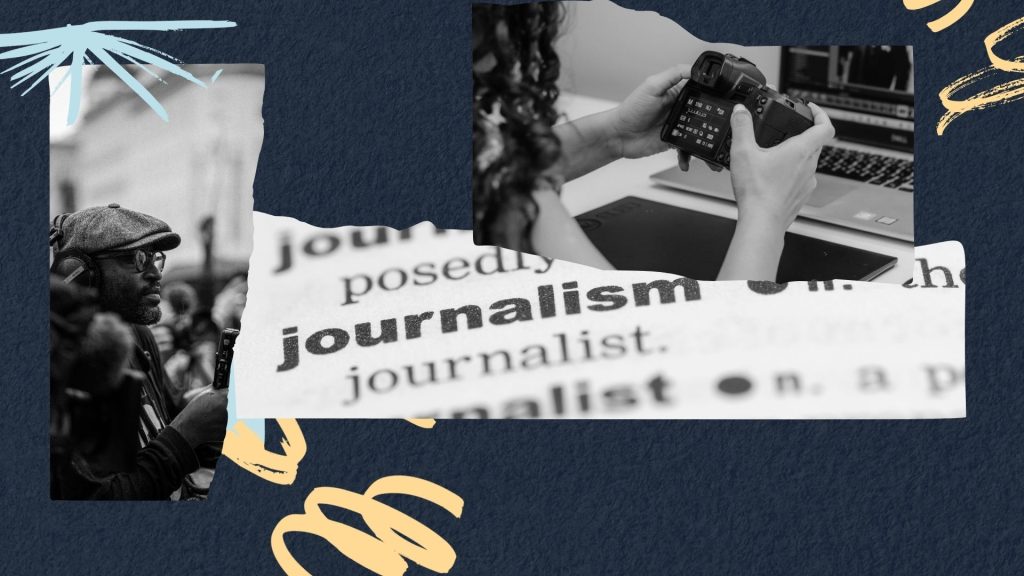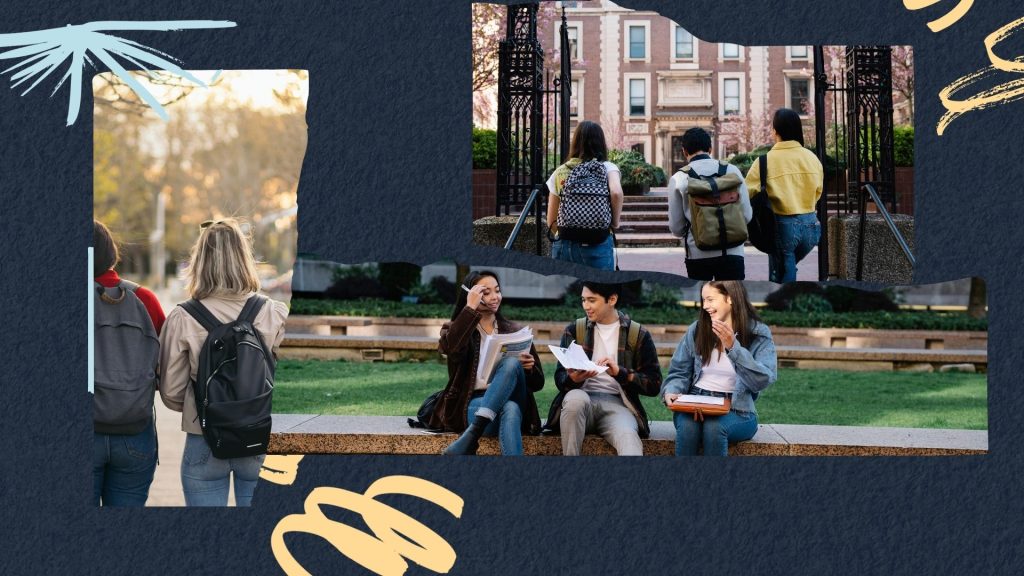
Understanding equity in criminal record clearance
Recognizing the far-reaching negative consequences of a criminal record, a majority of states have passed laws designed to allow individuals to clear some types of criminal records after their sentence is served. Yet under most state policies, records are effectively cleared only for the small minority of people who successfully petition courts for relief. To address this barrier, states have begun to explore policies to automatically relieve eligible criminal records, especially for low-level offenses, though much remains unknown about the scope of eligibility. Criminal record relief laws have been proposed as a primary way to reduce the consequences of a criminal record, and to reduce the racial disparities that result. Yet it is not clear how these benefits are distributed across racial and ethnic groups, and if they reduce or reproduce existing racial disparities in criminal records.
In this study, we assessed equity in criminal record relief eligibility in California, one of the first states to pass automatic record relief legislation. Our analysis included three components. First, using criminal history data from the California Department of Justice (CA DOJ), we assessed the share of people with criminal records who are eligible for automatic relief under current laws, and how this eligibility varied across racial and ethnic groups.
Second, we evaluated two hypothetical reforms in how eligibility is determined that might alter equity across racial and ethnic groups: (a) relief for discretionary cases,and (b) a sunset rule that would automatically grant relief for convictions more than 7 years old. Finally, we estimated how each of these hypothetical reforms would alter population-level disparities in conviction records statewide.
Our estimates suggest that one in five people with convictions were currently eligible for full relief (meaning all arrests and convictions on their record are eligible) and met criteria for mandatory relief, and an additional 33% met criteria for discretionary relief, for a total of 53% of all Californians arrested between 2000 and 2016. Eligibility was lowest among Black people (15% and 29% eligible for full relief under mandatory and discretionary criteria, respectively). This racial disparity in eligibility for relief among people with felony convictions was primarily driven by “never-eligible” cases (40% of Black men and women, vs 32% overall), meaning cases in which a characteristic of the offense type or sentence rendered the case ineligible for relief, even if the sentence was completed.
Stay up to date with us.
Sign up for our newsletter—no spam, no nonsense.


